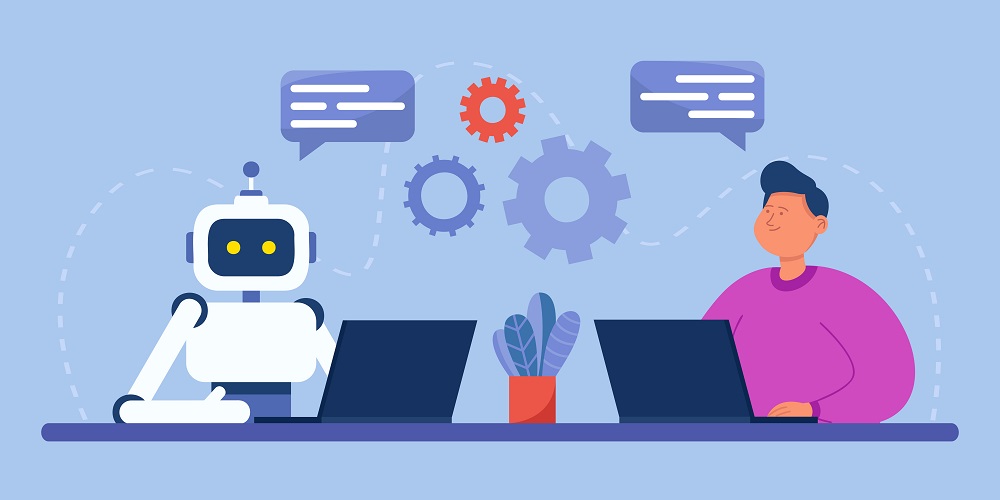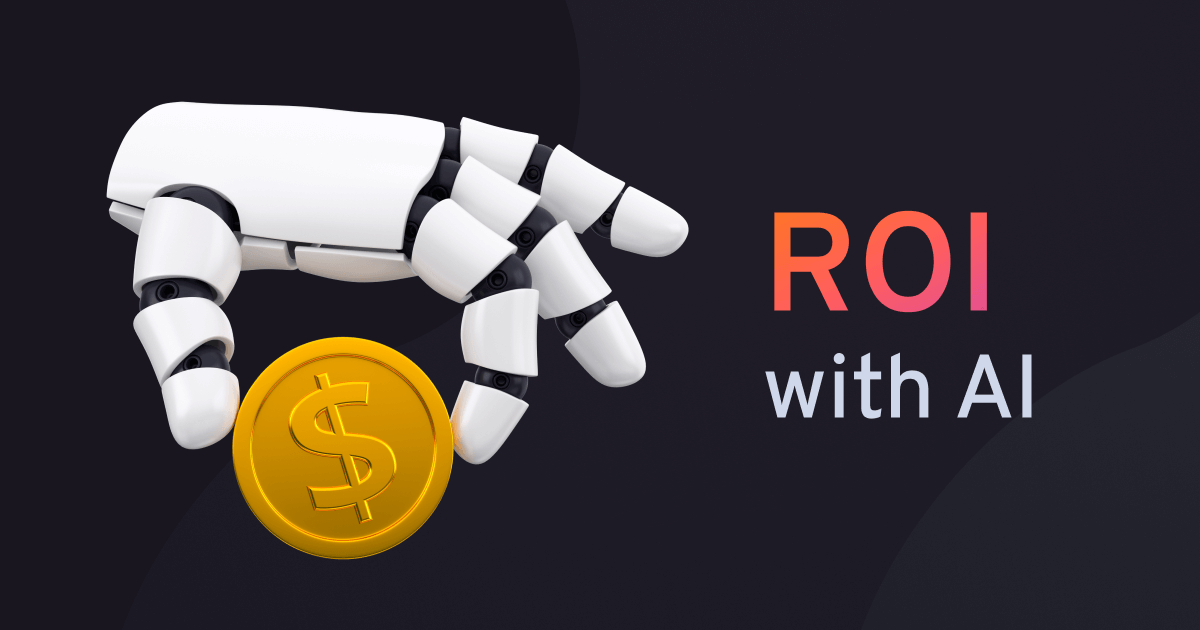For many local business owners, the idea of implementing AI technology can seem daunting, especially when considering how it will work with existing systems and processes. The good news is that modern AI solutions are designed with integration in mind.
This guide explores how local businesses—from retail shops to professional services—can seamlessly incorporate AI into their current operations without disruptive overhauls or technical headaches.
Understanding Your Current Technology Ecosystem
- Point of Sale (POS) systems
- Customer Relationship Management (CRM) software
- Appointment scheduling tools
- Inventory management systems
- Email marketing platforms
- Accounting software
- Website and social media platforms
Integration Options for Local Businesses
Common Integration Points for Local Businesses
Starting Small: Phased Integration Approach
Overcoming Common Integration Challenges
Measuring Integration Success
Conclusion
Integrating AI with your existing business systems doesn't have to be overwhelming. By taking a thoughtful, phased approach and focusing on specific pain points, local businesses can enhance their operations without disrupting what already works well.
The key is to view AI not as a replacement for your current systems, but as an enhancement that makes them more powerful and efficient. With the right integration strategy, even small local businesses can achieve sophisticated automation that was once available only to large enterprises.
Ready to explore how AI can integrate with your specific business systems? Contact us for a personalized assessment and integration roadmap tailored to your local business.
Ready to transform your business with AI?
Our team of experts is ready to help you implement the strategies discussed in this article.
Schedule a ConsultationAlexandros Aidonis
Founder & CEO
Alexandros Aidonis is the founder and CEO of AIdonis, specializing in AI solutions for local businesses. With over 15 years of experience in technology and business development, Alex is passionate about helping small businesses leverage AI to compete with larger enterprises.




